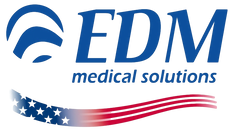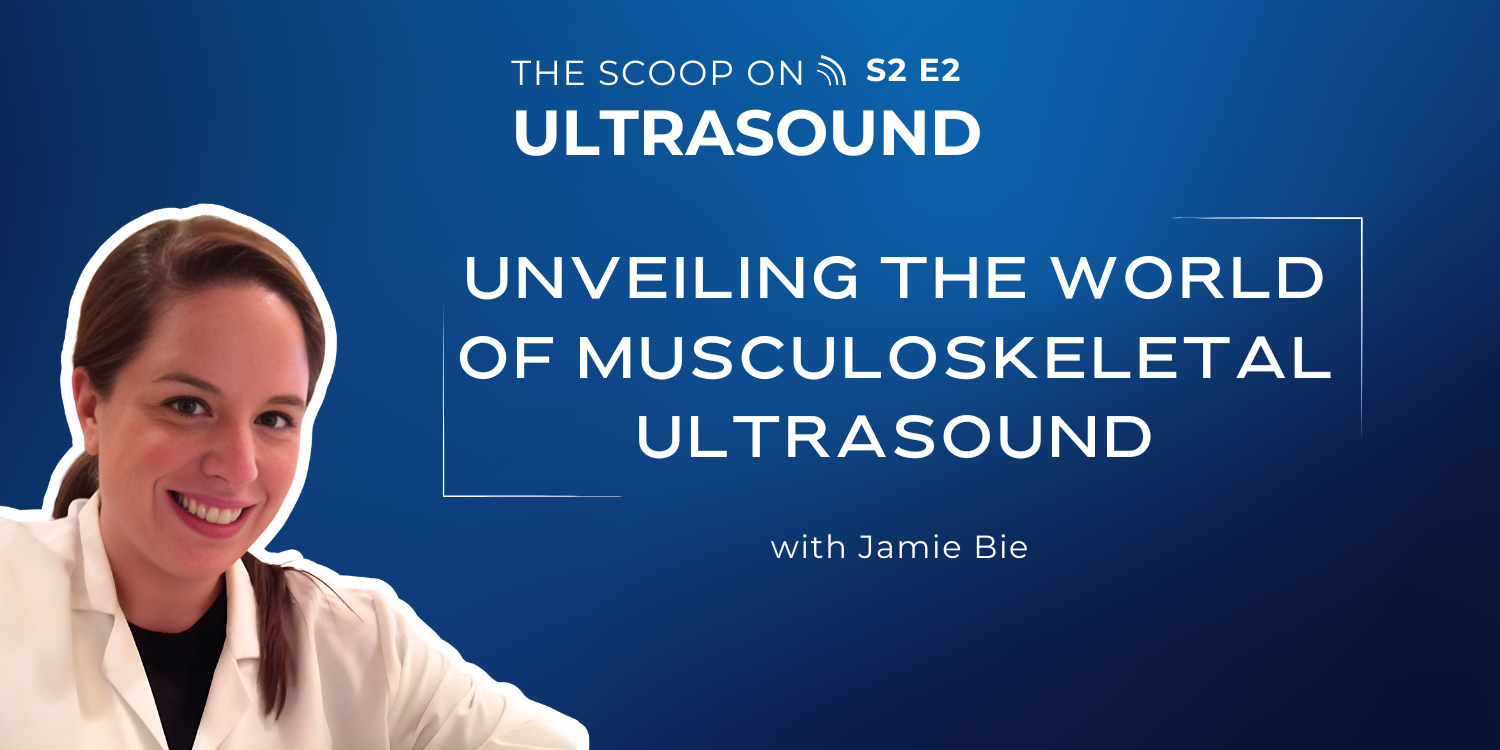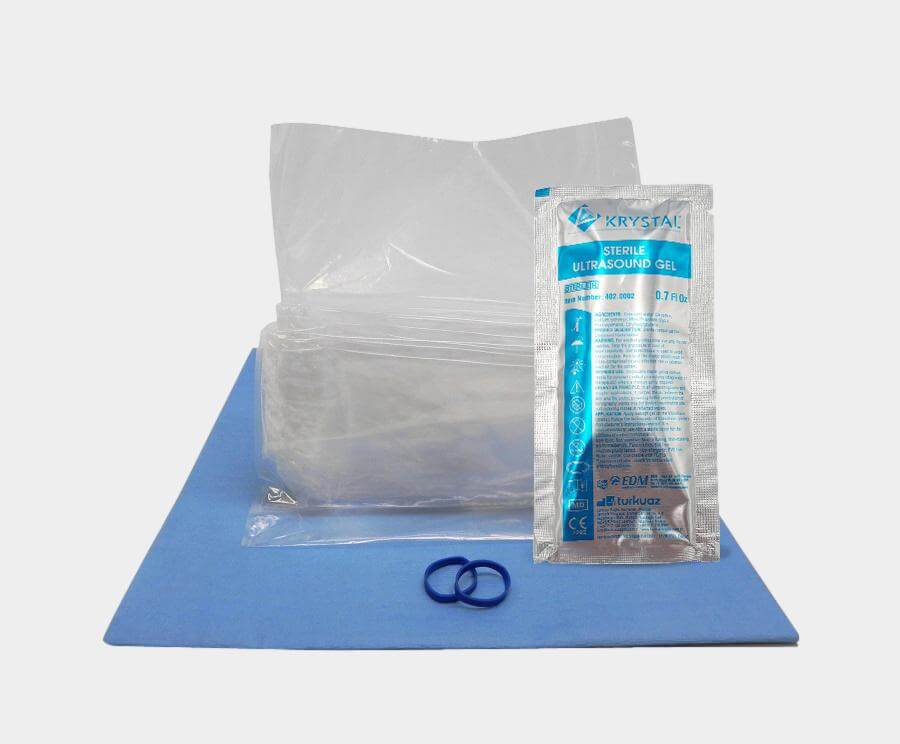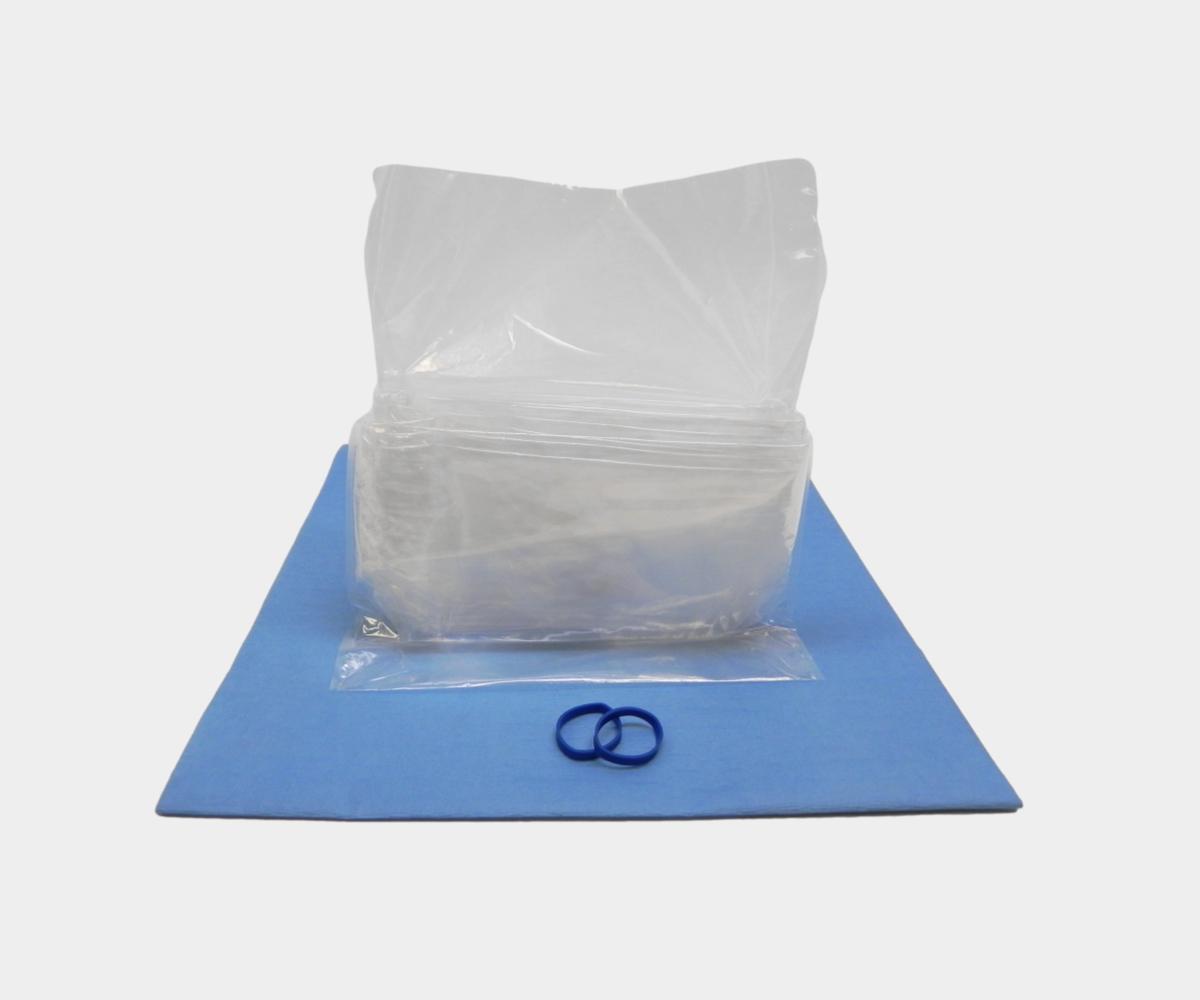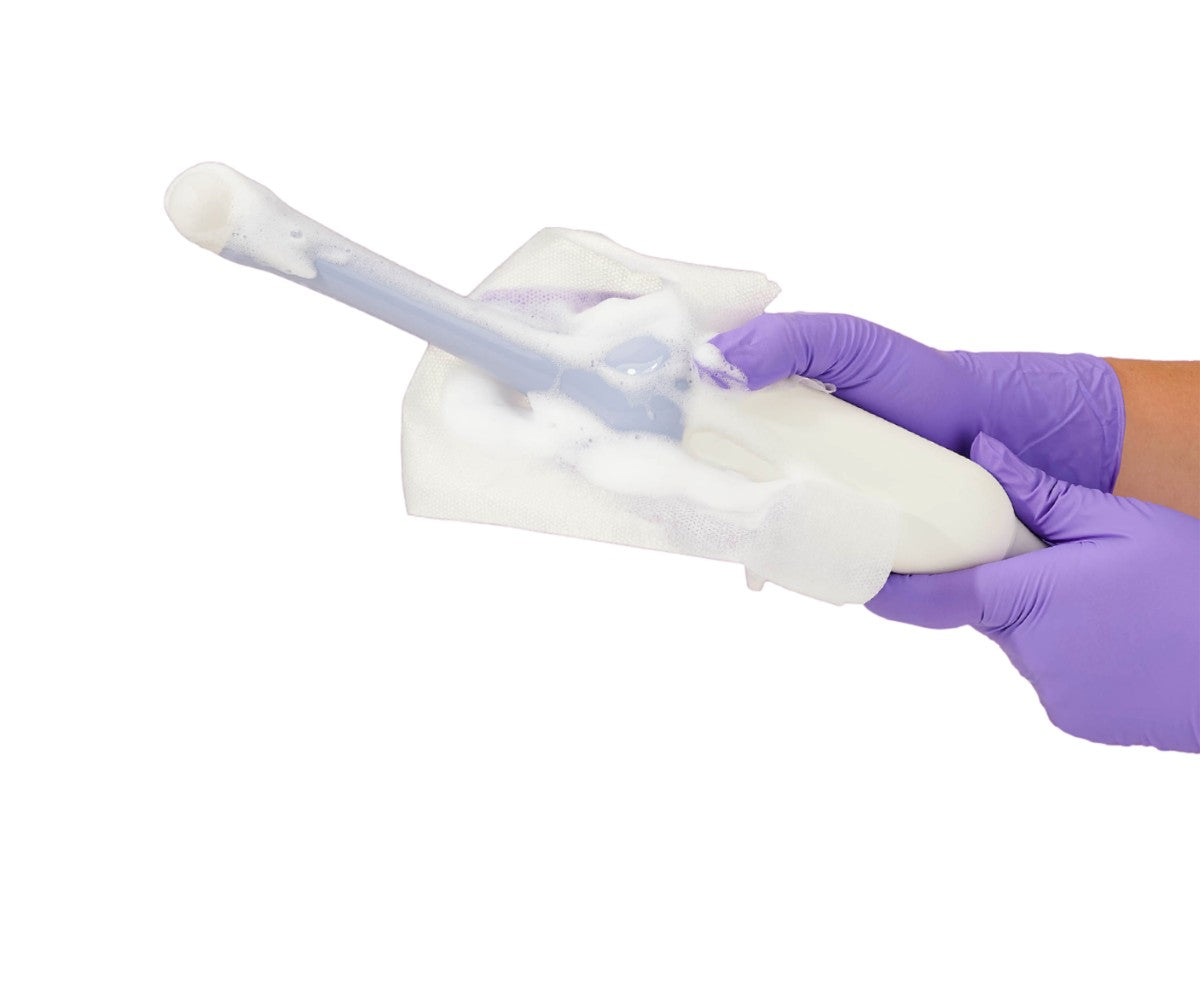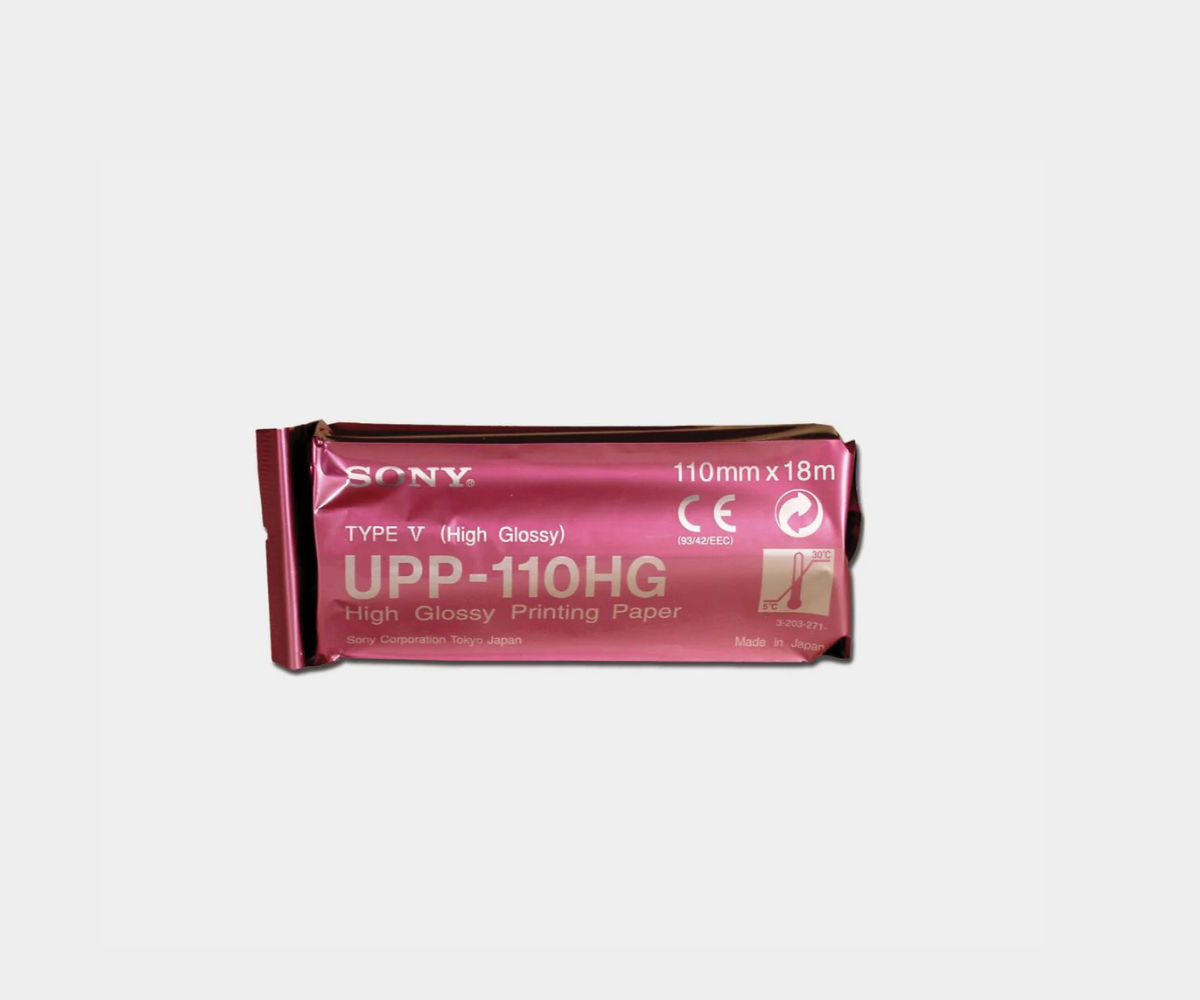Emmanuel Soto: What are some emerging trends that you foresee are shaping the future of MSK imaging?
Jamie Bie: A huge thing that comes up all the time now is handheld devices for ultrasound. There's still a lot of room for growth in this area, especially in creating a system that rivals a full-size system. But everyone is trying to make the best version of this.
They're working on transducers that can pick up the necessary findings for MSK imaging. This innovation opens up a new world where people can connect a transducer to their cell phone or iPad, or use a smaller ultrasound system.
I think in the next few years this technology is going to explode. The key is to ensure that resolution is not compromised. My only concern at this point is that the technology needs to meet the required standards to provide as good a diagnosis as a full-size system.
Elastography is another emerging technology, already widely used for the liver, and now it's making its way into MSK ultrasound to measure tissue stiffness and detect early changes that aren't visible on traditional ultrasound. This could be really helpful for athletes in predicting vulnerability to injury or tracking the progression of degenerative muscular disorders.
During COVID, the need for virtual training accelerated, and now phantom models are being used more frequently for training instead of live models.
In terms of treatment, regenerative medicine is booming in MSK. There are many types of injections available that can avoid surgery, such as PRP and stem cells. This is a rapidly growing area with better ways to treat musculoskeletal conditions without surgery.
Many practices are now integrating services, offering access to a physician, nurse practitioner, and physical therapist all in one place. This integrated approach is becoming more common.
MSK ultrasound falls under many clinicians' licensure, making it increasingly popular. It's interesting to see who will get ahead in this race to serve patients better. The future of MSK ultrasound looks promising and dynamic.
Emmanuel Soto: For individuals who are aspiring to have that role in MSK, what educational pathways or professional development opportunities would you recommend?
Jamie Bie: First off, this can be challenging because I know people choose jobs for a lot of different reasons.
I think that it's important to work for a company that either has an established MSK program that has a physician who can read the cases and is willing to give you the opportunity to work side by side with them to, to develop your skills, and grow the practice.
I know that that's not always the option for everyone. Some people want to do it, but they don't have the right opportunity. In that case, you at the very least, have to work for a company that will support you and invest in you starting this up at the company. If you're not working for a company that supports [your MSK journey], you're going to hit a wall.
You can only do so much if you don't work for a company that either wants you to bring this to their company or wants to help you grow within their company. However, when you do work for a supportive place, you should always take any opportunity that's presented to you to learn new things.
My biggest advice is don't be afraid to look inexperienced. Even the most experienced sonographers feel like students when they're learning MSK because we weren't taught it in school.
We don't know the anatomy. Even someone with 30 years of experience will walk in feeling like a student. You need to throw that concern out the window and not worry about it. What people will see in you is your desire to learn, your eagerness to do a good job, and your commitment to taking the necessary steps to learn. I think you should attend as many hands-on training courses as you can.
As I mentioned, I offer these courses, but I'm not just saying that for self-promotion. I'm emphasizing the importance of a structured format in addition to independent learning. In my workshops, I perform live scanning demonstrations with graphics displayed on the screen.
It's crucial to correlate ultrasound images with actual anatomical structures so you understand why you're holding the transducer a certain way. This helps you grasp how the structures lie in the body and what they're supposed to look like.
There aren't many resources available to learn which pictures to take, which is why I wrote my book. It provides step-by-step instructions on taking the right images, holding the transducer correctly, and positioning the notch. My book is designed to be a bedside manual that you can quickly reference during an exam.
Try to convince your employer that this is where the future of medicine is headed and that you need to learn these skills to stay competitive. Encourage them to send you to courses and allow you to practice on patients.
Work towards building a team of radiologists and technologists who are all on the same page. Collaboration between physicians and technologists is essential for growing this aspect of your practice.
If your current workplace doesn't offer this support, you might face difficulties. In that case, you might need to take the plunge and find a company that will help you grow. Don't be afraid to seek out an environment [like that].
